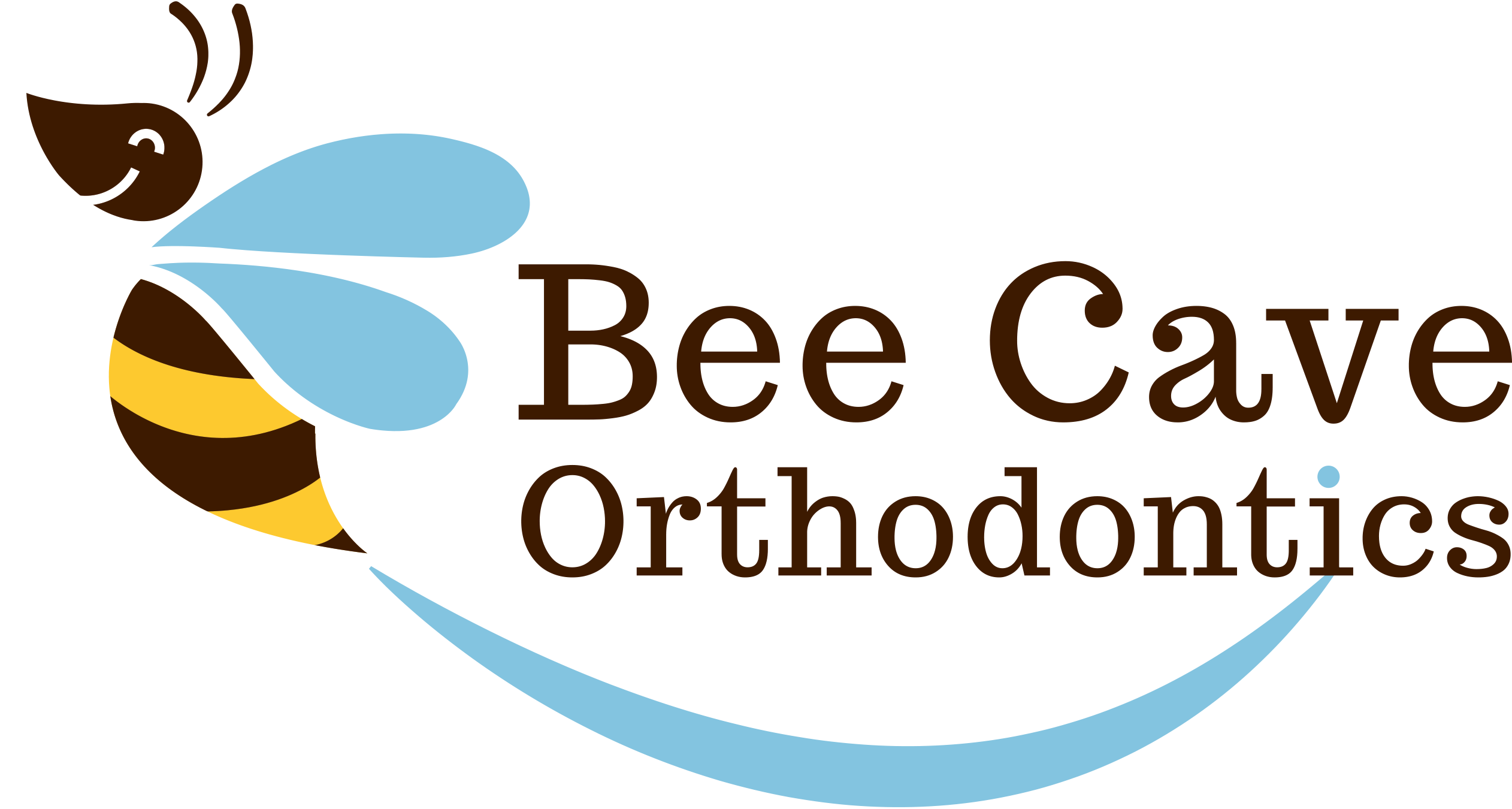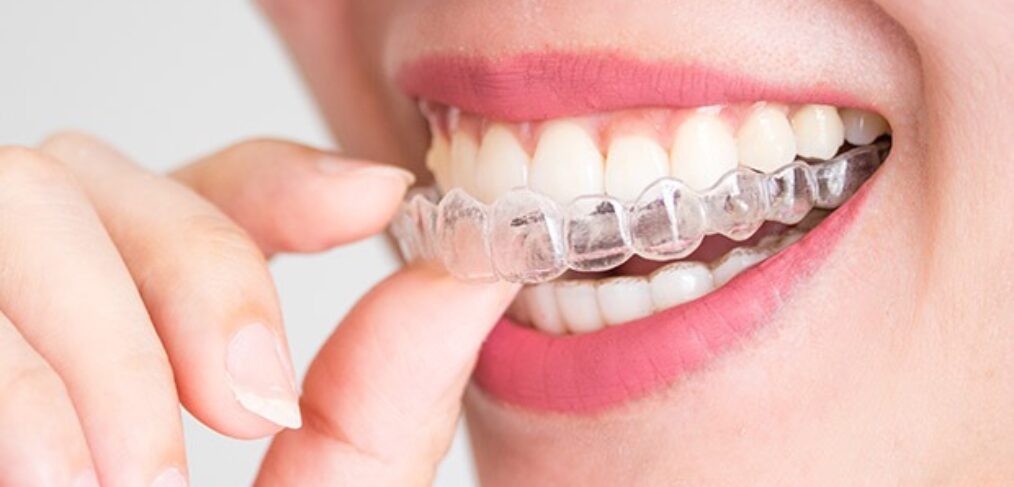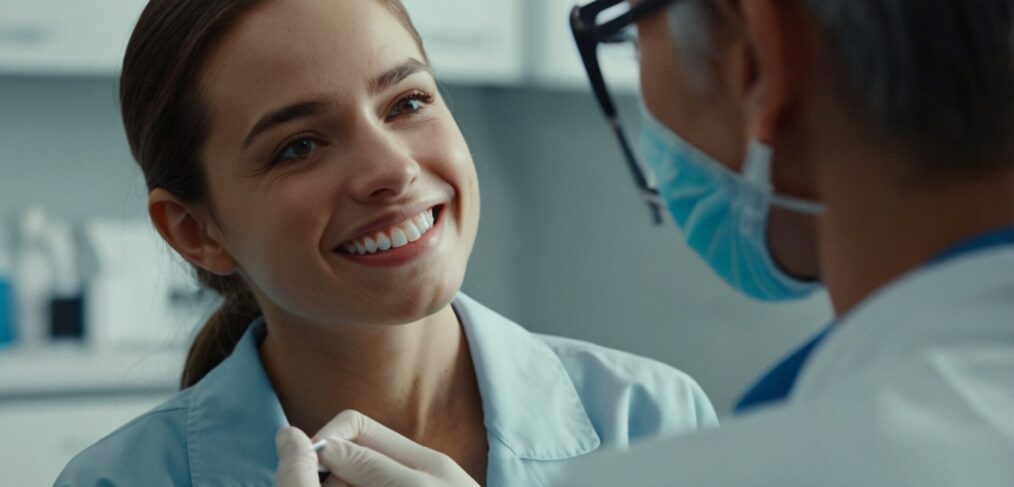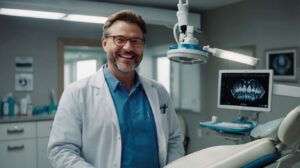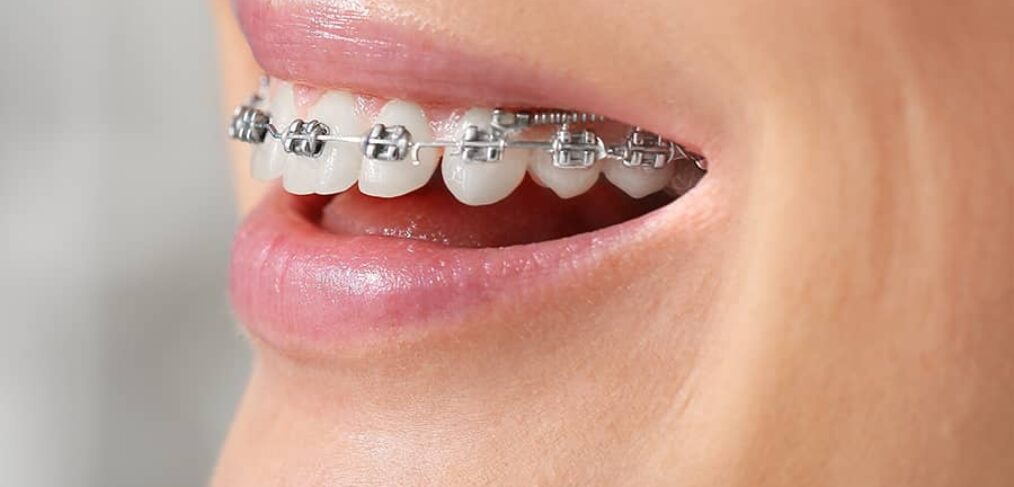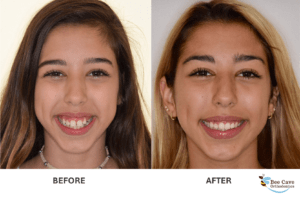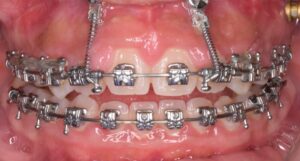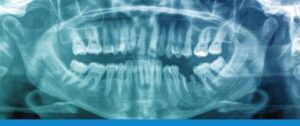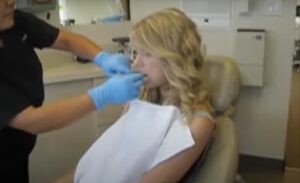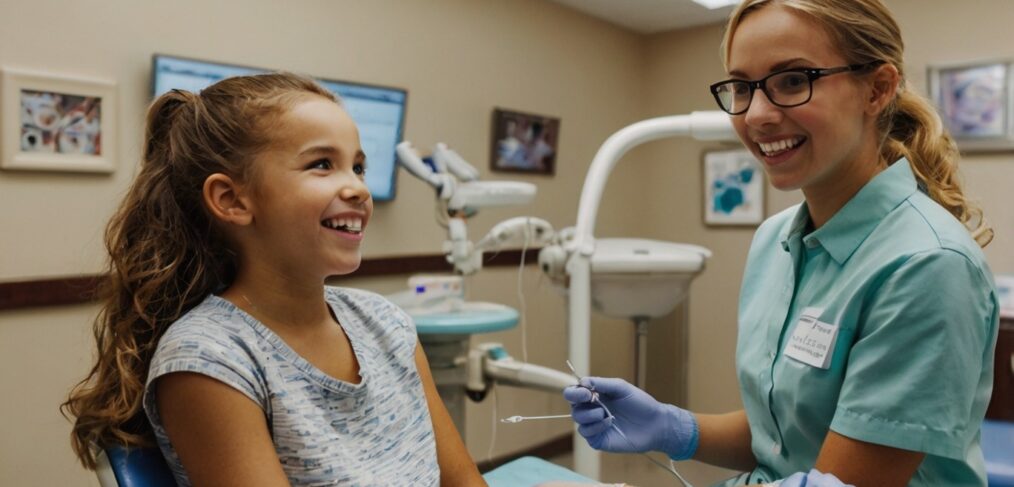Debunk the top 10 Invisalign myths! Discover the facts about this modern, effective, and discreet orthodontic treatment. Learn why Invisalign might be the perfect solution for your smile – Bee Cave Orthodontics – Austin, Texas
When it comes to straightening your teeth, Invisalign is often surrounded by misconceptions that might make you hesitate. These myths can prevent people from taking advantage of this modern and effective orthodontic treatment.

Dr D. is a certified Invisalign Expert and today, we’re busting 10 common myths about Invisalign so you can make an informed decision about your smile transformation.
1. Invisalign Is Only for Minor Cases
Fact: Many people believe Invisalign is only effective for mild teeth misalignment, but that’s far from the truth. With advancements in technology, Invisalign can now treat complex cases, including severe crowding, overbites, underbites, crossbites, and even gaps. Each treatment plan is customized to your unique needs.
2. It’s Not as Effective as Traditional Braces
Fact: Invisalign is just as effective as traditional braces for most orthodontic issues when used correctly. The key is consistency—wearing the aligners for the recommended 20–22 hours per day ensures optimal results. Invisalign uses advanced 3D planning and precision to move teeth gradually and efficiently.
3. Invisalign Is Only for Adults
Fact: While Invisalign is popular among adults, it’s also an excellent option for teens and kids. Invisalign Teen aligners come with special features, such as compliance indicators that fade as the aligners are worn. This helps parents and orthodontists track usage, ensuring teens stay on track with their treatment.
Dr. D is one of the few experts when it comes to invisalign for Kids! Click here to check it out!
4. It’s More Expensive Than Traditional Braces
Fact: Invisalign costs are comparable to traditional braces in many cases. The price depends on the complexity of your case and the length of treatment. Many dental offices also offer payment plans and financing options to make Invisalign accessible for a wide range of budgets.
5. Invisalign Treatment Takes Longer
Fact: Invisalign treatment can be as fast or even faster than traditional braces for many cases. On average, treatment takes 12 to 18 months, but some patients see results in as little as six months. The key is compliance—wearing the aligners as prescribed ensures a smooth and timely process.
6. Aligners Are Uncomfortable
Fact: Invisalign aligners are made from smooth, medical-grade plastic, making them much more comfortable than metal brackets and wires. While you might feel slight pressure when switching to a new set of aligners, this is a sign that the treatment is working. Most people find Invisalign significantly more comfortable than traditional braces.
7. Invisalign Can’t Handle Bite Issues
Fact: Invisalign is highly effective in correcting bite issues like overbites, underbites, and crossbites. With the help of attachments and rubber bands, Invisalign aligners can realign your jaw just as effectively as braces.
8. You Have to Change Your Diet Completely
Fact: One of the biggest advantages of Invisalign is that it’s removable. Unlike braces, which require you to avoid sticky or hard foods, Invisalign lets you enjoy all your favorite meals. Simply remove your aligners before eating and brush your teeth before putting them back in.
9. Invisalign Aligners Are Noticeable
Fact: Invisalign aligners are virtually invisible. They’re made from clear plastic, making them a discreet option for straightening your teeth. Most people won’t even notice you’re wearing them unless you point it out!
10. Cleaning the Aligners Is a Hassle
Fact: Cleaning Invisalign aligners is simple and quick. All you need to do is rinse them with lukewarm water and brush them gently with a soft toothbrush. Invisalign also offers cleaning crystals for a deeper clean. Maintaining proper hygiene ensures your aligners stay clear and odor-free.
Why Choose Invisalign?
Now that these myths have been debunked, it’s clear why Invisalign is a popular choice for achieving a straighter smile. With its discreet appearance, comfort, and flexibility, Invisalign fits seamlessly into your lifestyle while delivering outstanding results.
Ready to Start Your Invisalign Journey? Schedule a free consultation now!
If you’ve been considering Invisalign but were held back by some of these myths, now is the time to take the next step.
Schedule a free consultation with Dr. D or a Online Invisalign Consultation to learn how Invisalign can work for you. Let’s debunk more myths and give you the smile you’ve always wanted!
